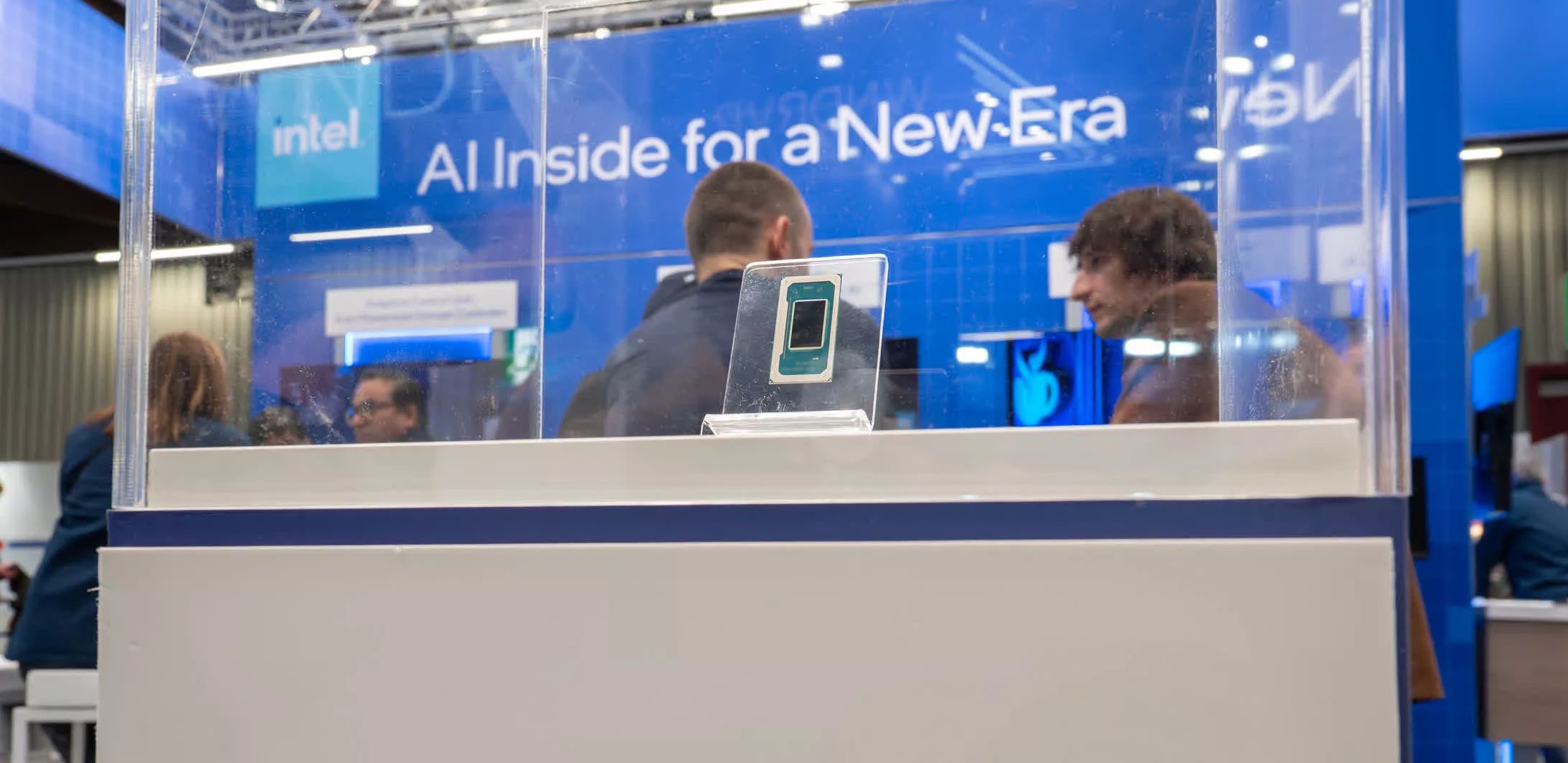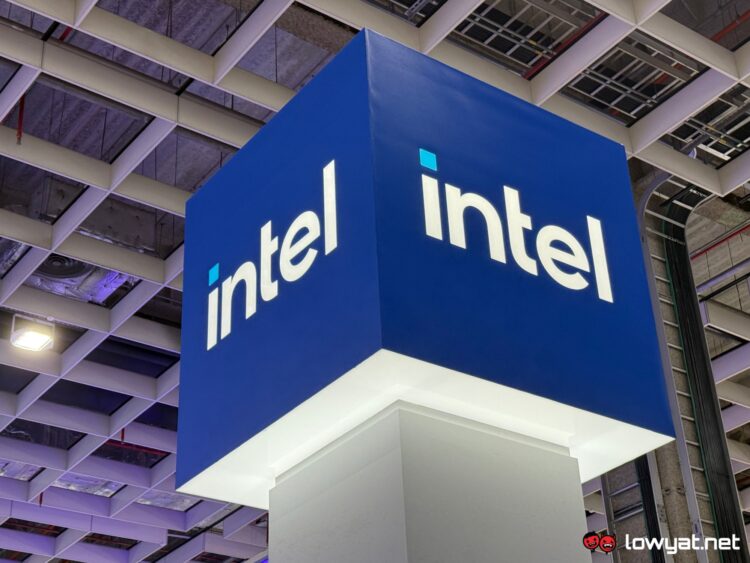Intel is sharpening its global operations strategy with Malaysia emerging as part of its long-term manufacturing and growth plans. In a letter to employees following its Q2 2025 results, CEO Lip-Bu Tan confirmed that the company is consolidating its assembly and test operations to larger and more efficient hubs, with its facilities in Malaysia and Vietnam taking centre stage.
The letter outlines three strategic pillars aimed at guiding Intel’s next phase of growth. The first involves reshaping its foundry business by adopting a more financially disciplined approach. Tan acknowledged that past investments were made too early and across too many sites, leading to underutilisation. Moving forward, factory expansions will be closely tied to confirmed customer demand.

As part of this recalibration, Intel is cancelling previously planned projects in Germany and Poland, while consolidating backend operations in Costa Rica to its sites in Vietnam and Malaysia. Construction in Ohio is also being further slowed to better align spending with market conditions, Tan added
The second is Intel’s focus on revitalising its x86 ecosystem, with aims to regain share in both client and server segments by reinforcing its product roadmap and returning to core technologies like simultaneous multi-threading (SMT) in data centre chips. Tan says Panther Lake and Nova Lake remain high priorities in the client space, while Granite Rapids is being ramped for data centre applications. All major chip designs will now require CEO-level review before tape-out, a move intended to improve execution and manage costs.

Lastly, Intel is refining its artificial intelligence (AI) strategy by shifting focus from training-centric silicon to emerging workloads like inference and agentic AI. Tan said the company is working backwards from these workloads to design integrated software, system, and silicon stacks that offer better outcomes for customers. More details on Intel’s AI roadmap are expected in the coming months.
The CEO also acknowledged that Intel is in the midst of difficult but necessary decisions, including a headcount reduction of approximately 15%, which will bring the company’s global workforce to around 75,000 by year-end. Much of the downsizing was completed during the second quarter, which also saw a streamlining of management layers by about 50%. He added that the company remains on track to implement its return-to-office policy in September, with site upgrades already underway to support full-capacity operations.
(Source: Intel [official website])


